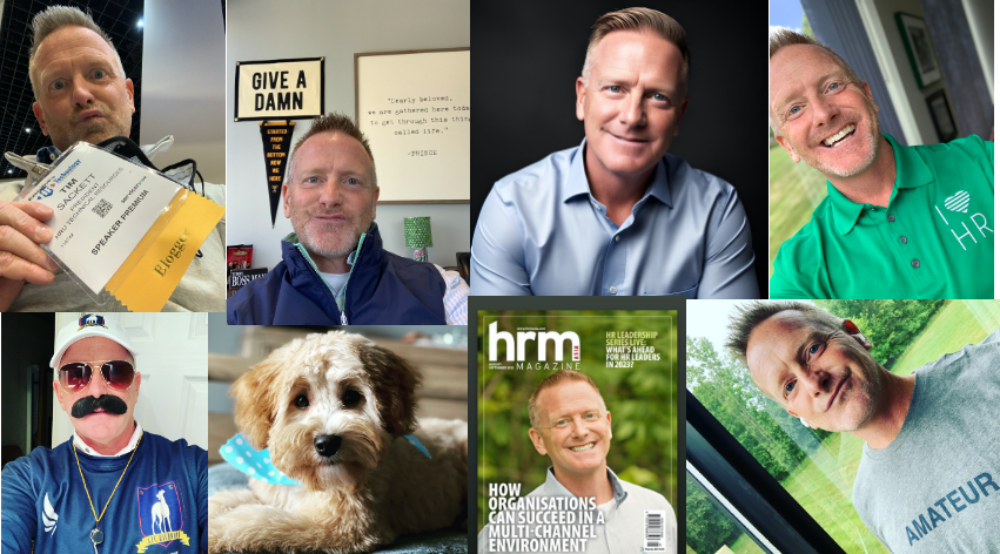Do you want to know what you’ll never hear anyone on your leadership team say publicly? Well, let me stop before I get started, because there are probably a ton of things leaders will say behind closed doors, off the record, and then open the door and say the exact opposite. Welcome to the PC version of corporate America.
One of the obvious, which always causes a stir is veteran hiring. I’ve written posts about Veteran Hiring many times, in which I state that companies will always, 100% of the time, publicly say they support veteran hiring, but behind closed doors they don’t really support veteran hiring. At best they want to offer veterans their crappiest jobs, not their best jobs.
If they did truly support veteran hiring, we would not have a veteran hiring crisis in this country! If every organization who claims they want to hire veterans, would just hire veterans, we would have 100% employed veterans! But we don’t. Why? Well, it’s organizational suicide to ever come out and say we don’t really want to hire veterans. The media would kill that organization. Yet, veterans can’t get hired.
Succession planning is on a similar path. Your leaders say the support succession planning. They’ll claim it is a number one priority for your organization. But, every time you try and do something with succession planning, it goes nowhere!
Why?
Your leaders hate succession planning for a number of reasons, here are few:
1. Financially, succession planning is a huge burden on organizations, if done right. Leaders are paid on the financial success of your organization. If it comes down to Succession Planning, or Michael getting a big bonus, Succession Planning will get pushed to next year, then, next year, then, next year…You see Succession Planning is really over hiring. Preparing for the future. It’s a long term payback. Very few organizations have leadership in place with this type of long term vision of success.
2. Leaders get too caught up in headcount. We only have 100 FTEs for that group, we couldn’t possibly hire 105 and develop and prepare the team for the future, even though we know we have a 6% turnover each year. Organizations react. Firefight. Most are unwilling to ‘over hire’ and do succession in a meaningful way.
3. Leaders are like 18-year-old boys. They think they can do it forever! Again, publicly they’ll tell you they’re planning and it’s important. Privately, they look at some smartass 35-year-old VP and think to themselves, there is no way in hell I’ll ever let that kid take over this ship!
So, what can smart HR Pros do?
Begin testing some Succession Planning type tools and data analytics in hot spots in your company. Don’t make it a leadership thing. Make it a functional level initiative, in a carve-out area of your organization. A part of the organization that is highly visible has a direct financial impact on the business, and one you know outwardly has succession issues.
Tinker. Get people involved. Have conversations. Start playing around with some things that could have an impact in terms of development, retention, cross-training, workforce planning, etc. All those things that constitute succession, but instead of organization level, you are focusing on departmental level or a specific location.
Smart HR Pros get started. They don’t wait for the organization to do it all at once. That will probably never happen. Just start somewhere, and roll it little by little. Too often we don’t get started because we want to do it all. That is the biggest mistake we can make.
